Late Medieval Society buzzed with entanglements between merchants, religious people, students, artists, and diplomats. What role did kinship, friendship and coupling play for networks? New Book explores letters, account books and other sources
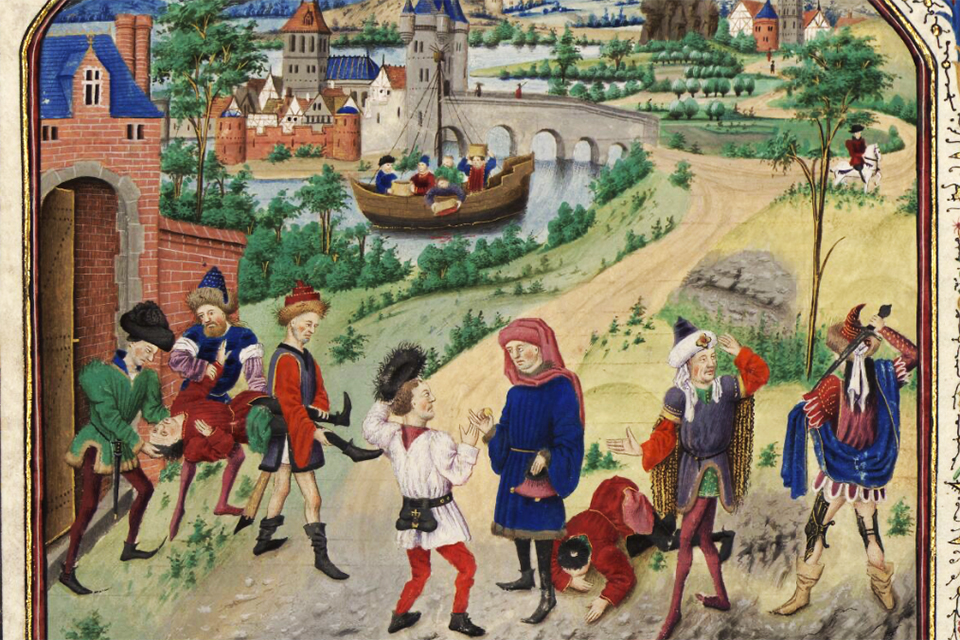

Late Medieval Society buzzed with entanglements between merchants, religious people, students, artists, and diplomats. What role did kinship, friendship and coupling play for networks? New Book explores letters, account books and other sources
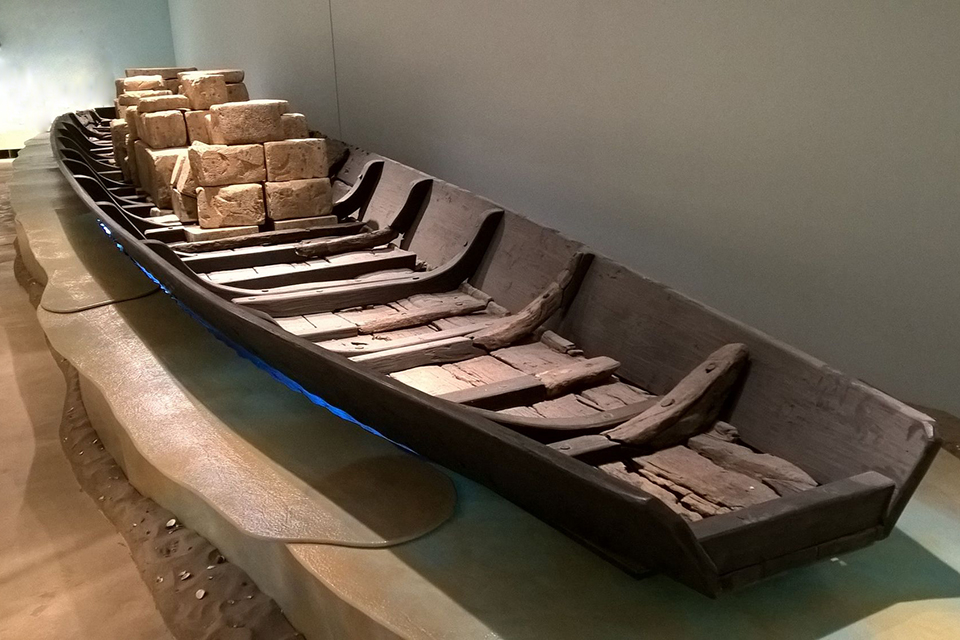
How to cross a major river? Do you look for at ford? Or do you negotiate with the local ferryman? And who regulates their business? New books seeks to answer these questions as regards the German rivers, Neckar and Main.
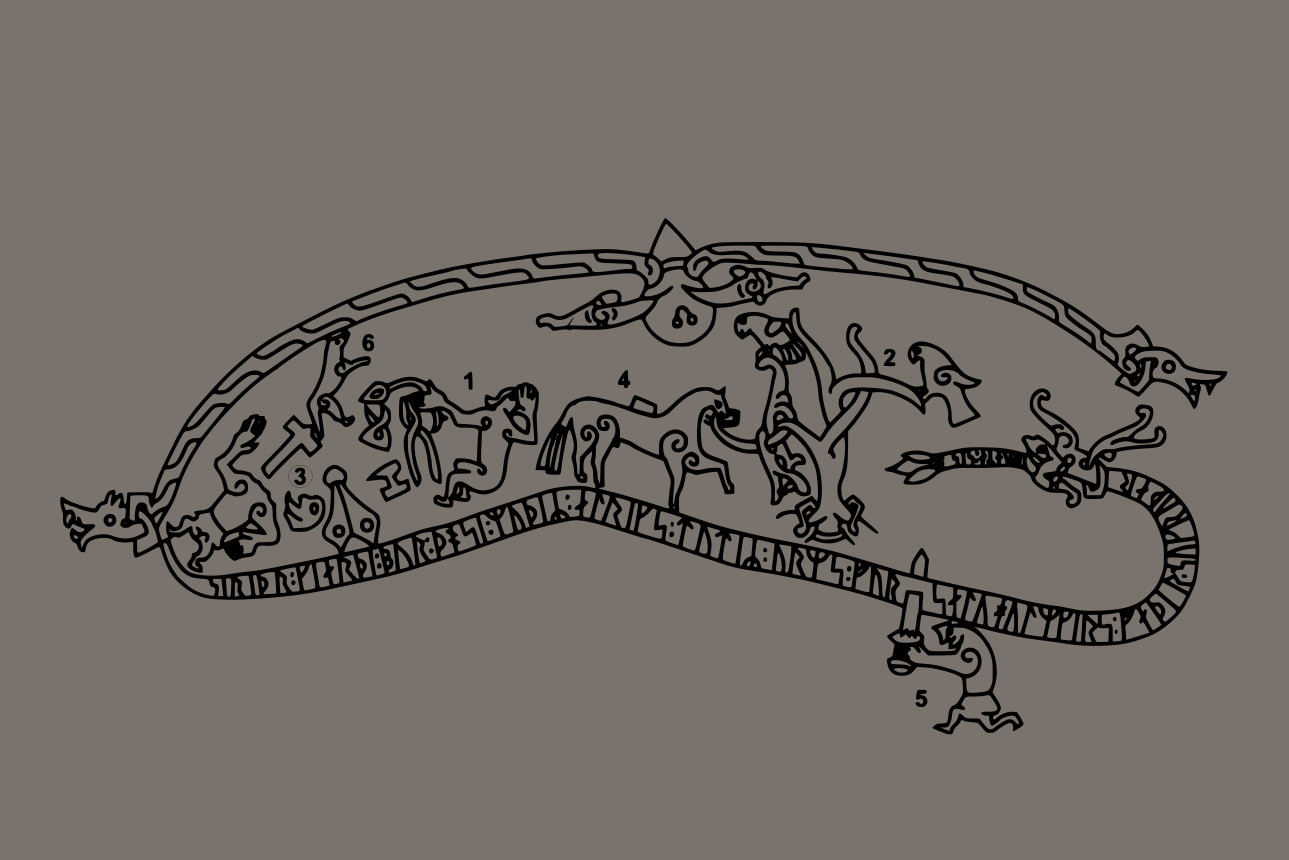
The Old Norse idea of wilderness, landscapes and human beings differed radically from that of Latin and Christian Europe. A new study of ten narratives about wolves in the Old Norse-Icelandic poems, sagas and other texts offers valuable insights into this half-forgotten and complex world
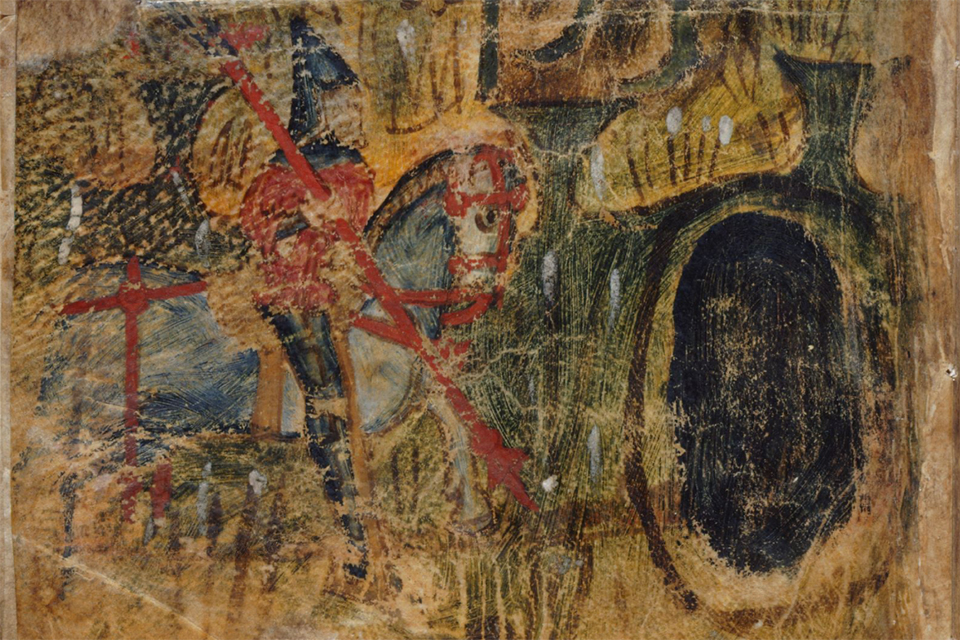
The famous chivalric romance of Sir Gawain and the Green Knight continue to capture our imagination with its stories of a hero on a famous quest. New book claims to identify the author.

Medieval Chronicles in the twelfth Century held texts representing a wide variety of literary forms. A new book explores the diversity of historical writing produced and copied during the long twelfth Century
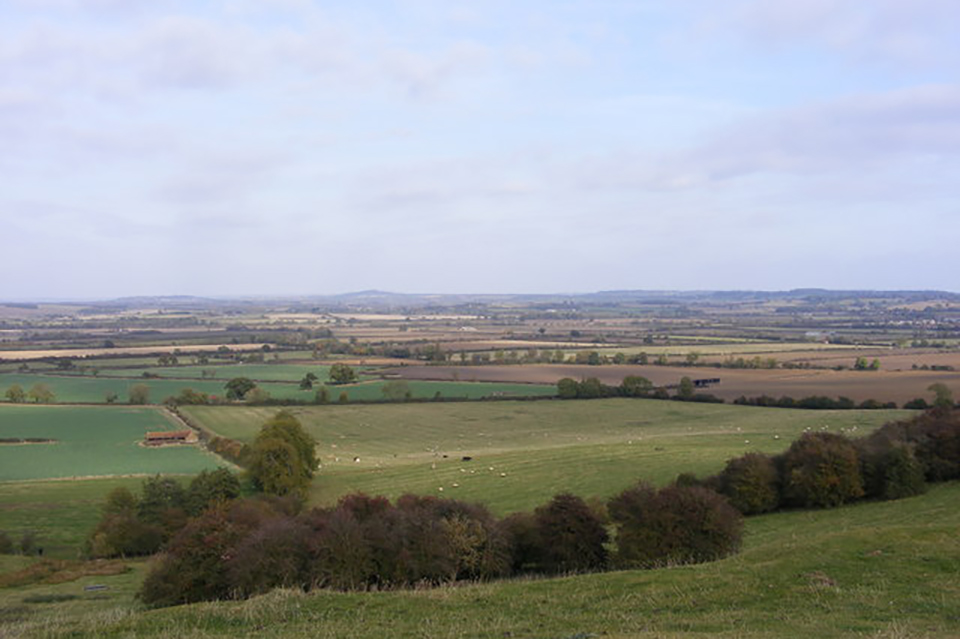
In the 13th century, Chipping Dassett became the site of a flourishing market town. After the plague, the market declined, and at the end of the 15th century, the place was deserted.

Were peasants in high Medieval France agents in their own lives? Or were they just subservient and downtrodden serfs? New book by Constance Brittain Bouchard aims to answer these questions.
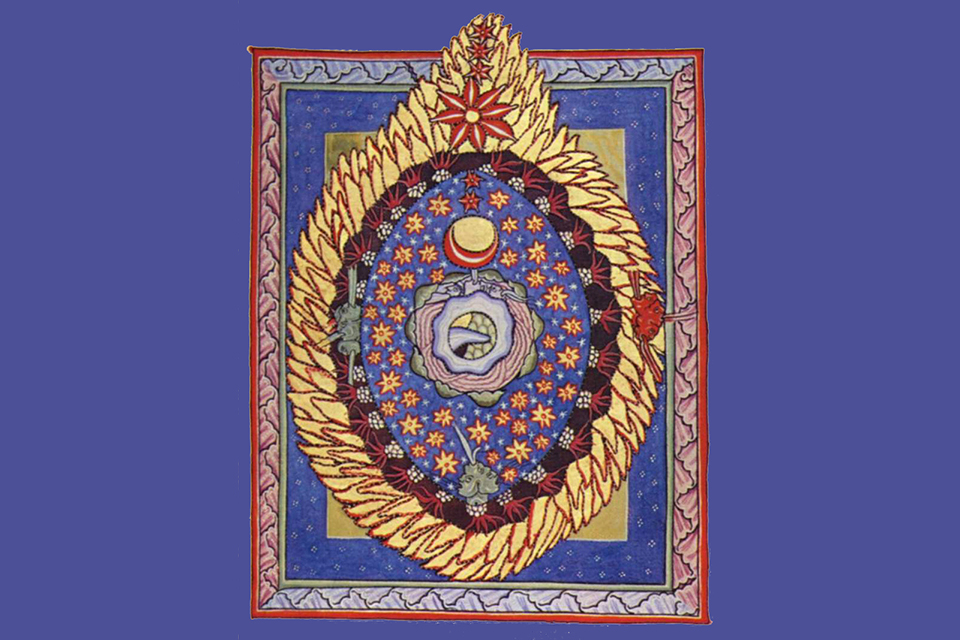
New book about "Scivias", the major work of Hildegard of Bingen, explores her multi-facetted artistic cosmology filled with visual, sonic and theological drama.
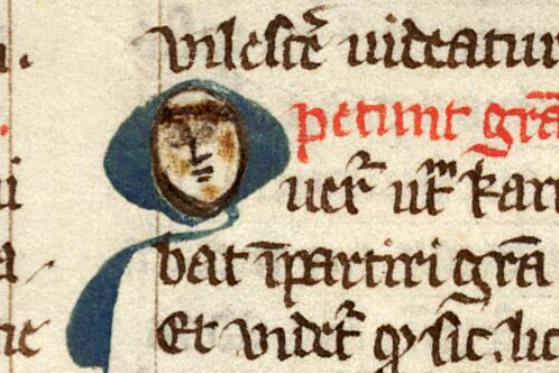
Pastoral care of local parishioners was not Martin Luther's Protestant invention. On the contrary, already in Late Medieval Society, conscientious attention to the spiritual nourishment of the Christian community was central. A new book by Deena Copeland Klepper draws our attention to the handbook by Albert von Diessen and its role
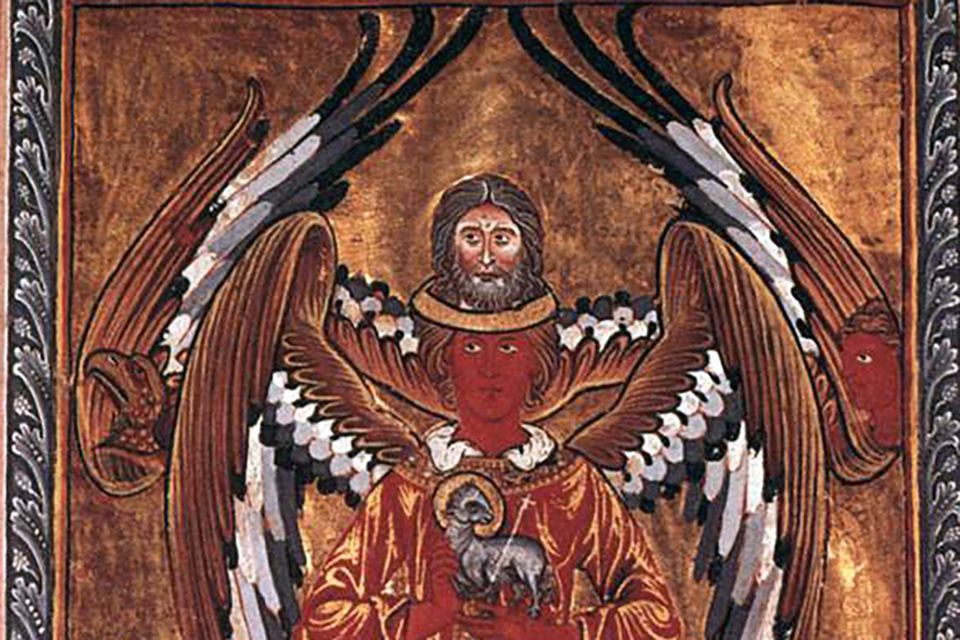
What role did allegory play in the theological and visionary writings of Hildegard og Bingen? Dinah Wouters offer a new interpretation of the visionary's writings.
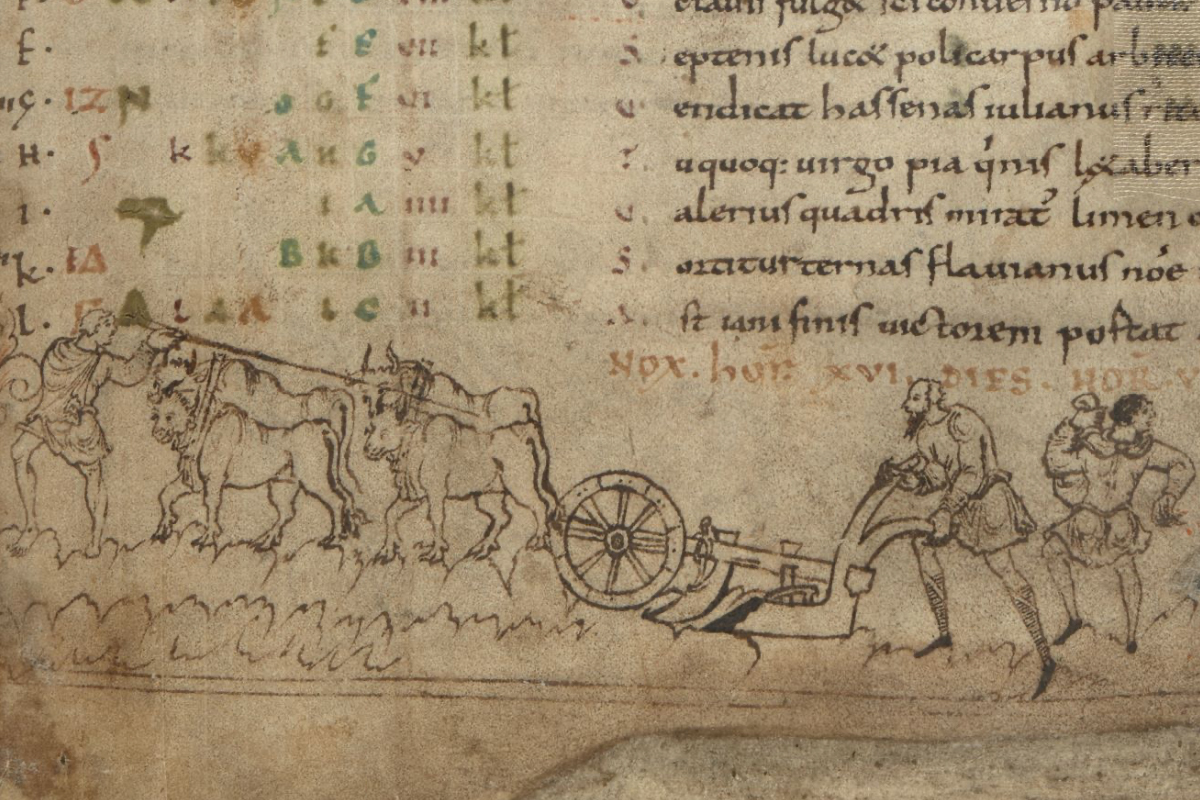
Between 800 and 1200 medieval Europe experienced a warmer climate. This fertile period fed the growth of populations, towns and markets. New book explores the role of new technologies - and especially the mouldboard plough
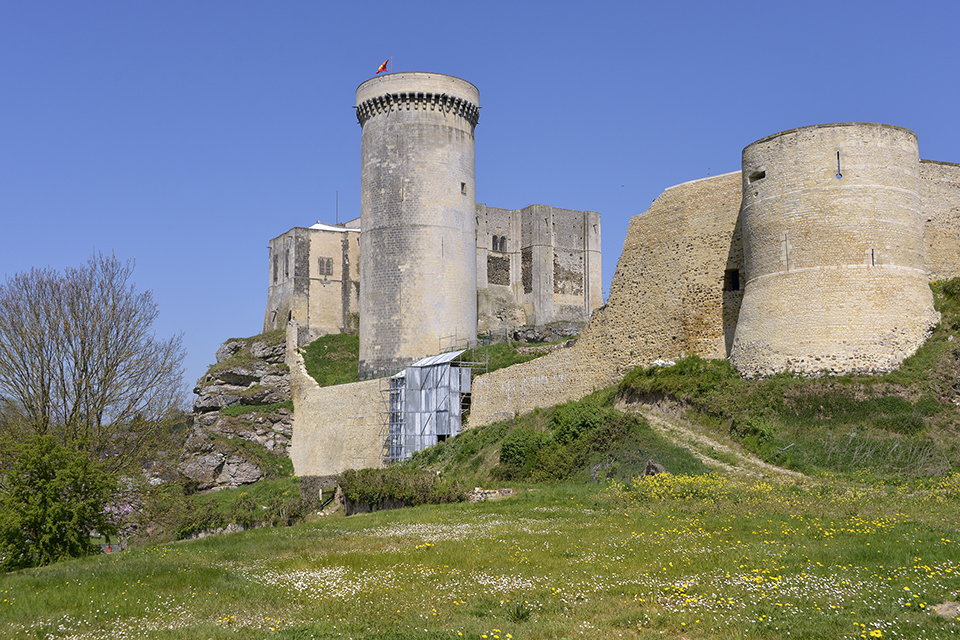
The history of Normandy and the Normans continue to excise the imagination of historians, archaeologists and scholars. A handful of recently published books offer introductions as well as more specialised studies
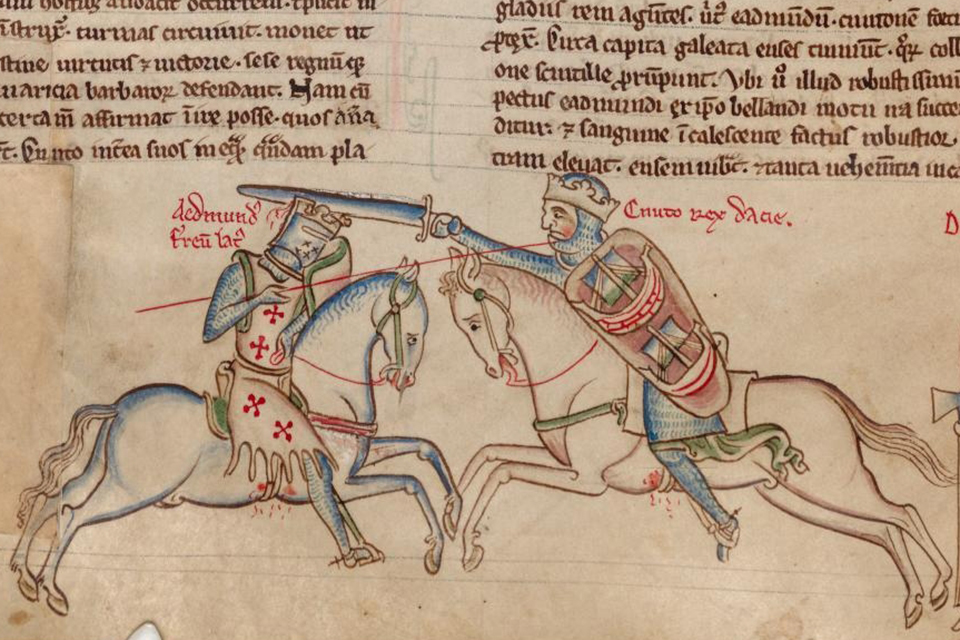
In 2016, several conferences were organised in the heady days of the election leading up to Brexit. Now, the papers have been published from several of these conferences, presenting us with a cultural history of the events, which took place a thousand years ago. In particular, three recently published books offer different perspectives on the events which took place a thousand years ago. Do read the three books in following order.
In the 19th century, biographies of great men flooded the market for books on history. Great men mattered until the Annales School presented a new and refreshing paradigm pushing the cultural and social history of the life and times of ordinary people.
However, in the 21st century, when social media has fostered a new preoccupation with our neighbours as well as persons like Trump, Putin, and Xi Jinping, we see many more biographies published. One of these might have been the new companion to William the Conqueror. By contrast, this companion introduces us more to the world of William and less to the man himself.
Accordingly, this book offers a fine introduction to not just the three realms – Normandy, England, and Scandinavia – but also the landscapes and settlements, the social strata and their institutions, as well as the lifeworld and mentality. As such, the companion proactively states in the introduction that it is not intended to be a companion to William the Conqueror but the companion to his “the age”. Thus, the present book does not offer an introduction to the conqueror’s life and career, nor are we treated to the minutiae of his invasion or the Battle of Hastings. Instead, we get a proper stage-setting or sounding board, which can be used as an introduction to the two books mentioned above.
Emphatically, this is also the intention of the editor, who writes that “his” companion is intended to “buck the trend” of students collecting exam results and grade points. Instead, this book aims to offer “contextual information and guidance” to students who wish to embark on the exciting journey of discovering a corner of the history of the Middle Ages.
Anglo-Danish Empire: A Companion to the Reign of Cnut the Great has come out of a conference titled “Æthelred II and Cnut the Great: The Siege of London in 2016”. Jointly organised at the University College of London and the University of Winchester, the conference was part of a research project intended to explore the change of regime in 1016 in not just England but Europe as a whole.
The book does speak to the themes of immigration, government and Europe, but it also presents us with a cultural history of the life and times of Cnut the Great, which is both intriguing and vastly entertaining. Thus, we encounter Cnut as a latter-day Aeneas, a Viking tomb-raider in high spirits, a youngster bent on enjoying the good life, and a king attracting the best and the most skilled artists and poets to his court. And we follow him archaeologically to his coronations in both Winchester and Viborg and join him on his tour of Europe, ending up as a pilgrim in Rome. A man of all times, in short. Highly entertaining and hence recommended.
“Conquest: 1016,1066” was the title of a conference held in Oxford in July 2016 to mark the millennial anniversary of Cnut’s conquest of England and the 950th anniversary of the Norman conquest. The aim was explicitly to do comparative history. Out of this event grew the publication of some papers from this conference, which were paired with separately commissioned papers widening the scope of the original programme.
While focusing on the high politics, the leading players, and the legal and bureaucratic practices surrounding the events, a cultural history of different persons and perspectives takes the scene. With splendid articles on the social, ideological, and artistic framework, a proper cultural history is sketched in this wide-ranging book.
Cnut the Great and Edmund ironside at the Battle of Assandun. Source: Matthew Paris, Chronica Majora, Cambridge, Corpus Christi College MS. 26, fol. 80v/Wikipedia (Open Domain)
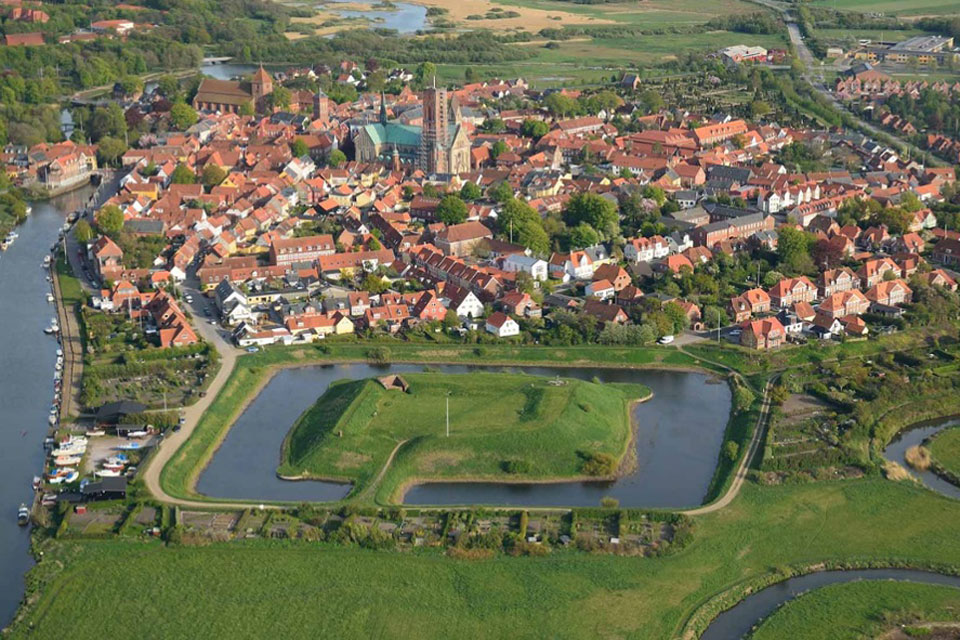
New book tells the story of Viking–Age Ribe – A Northern Emporium AD 700 – 900
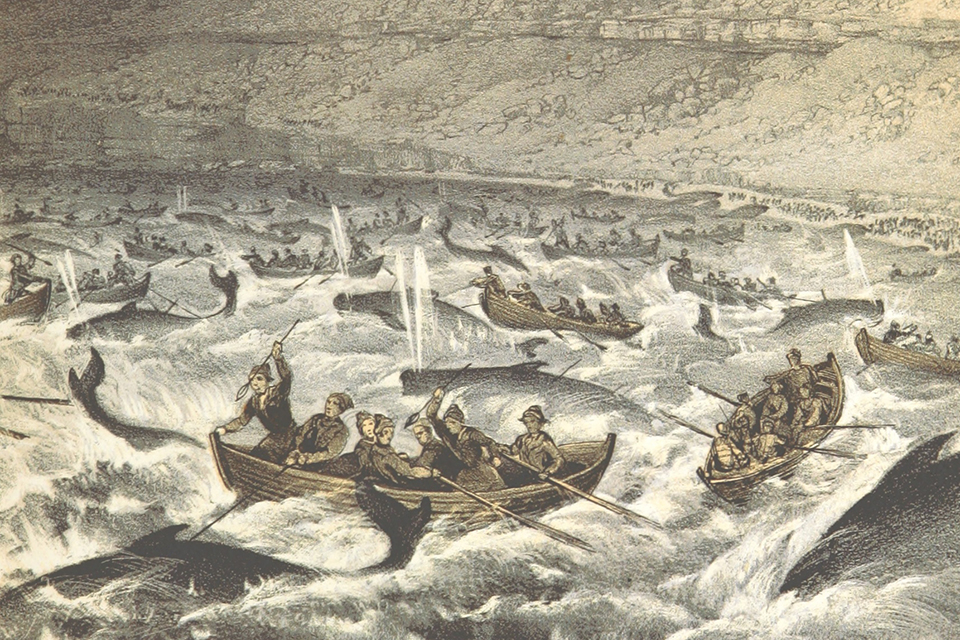
Recent book explores the practices of medieval whaling, drive-whaling and scavenging in Europe in the Middle Ages. Youri van den Hurk, offers new and exciting insights into the archaeology and cultural history
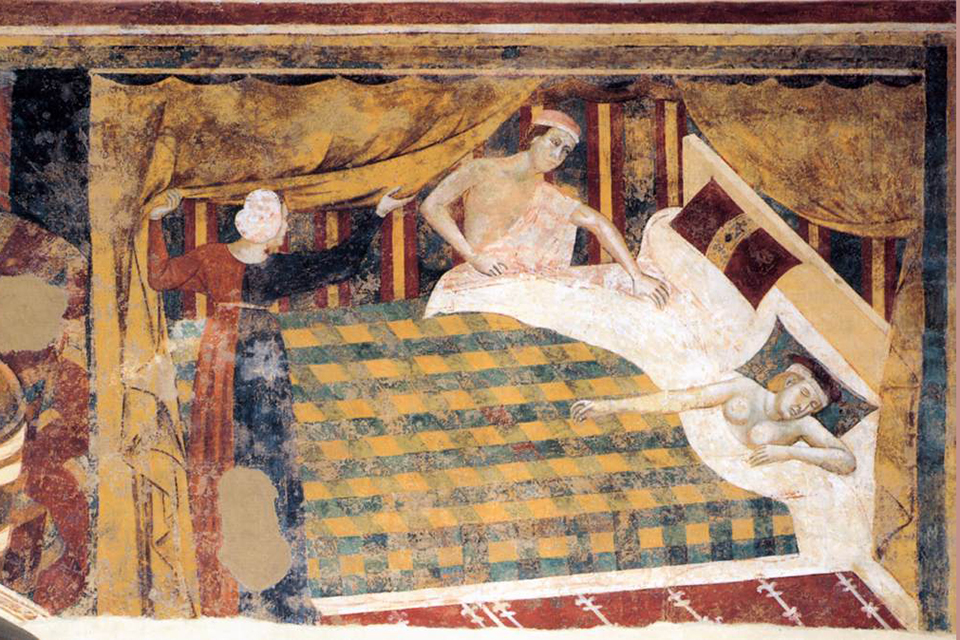
In the Middle Ages, love, sex and marriage were complicated matters to negotiate. New and revised edition of the classical handbook from Routledge offers a thorough introduction